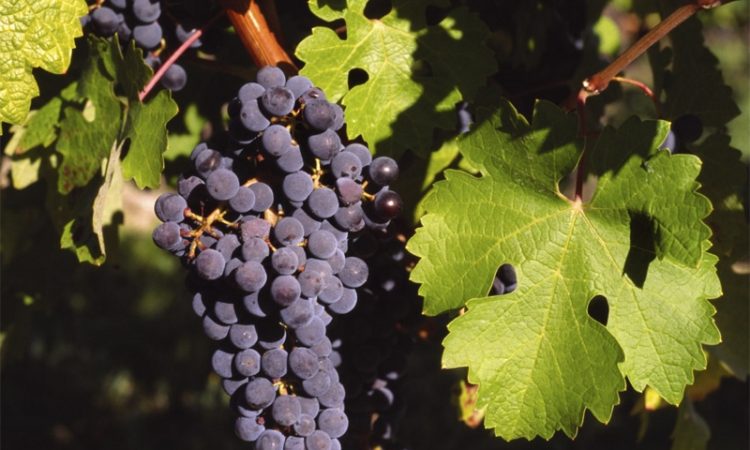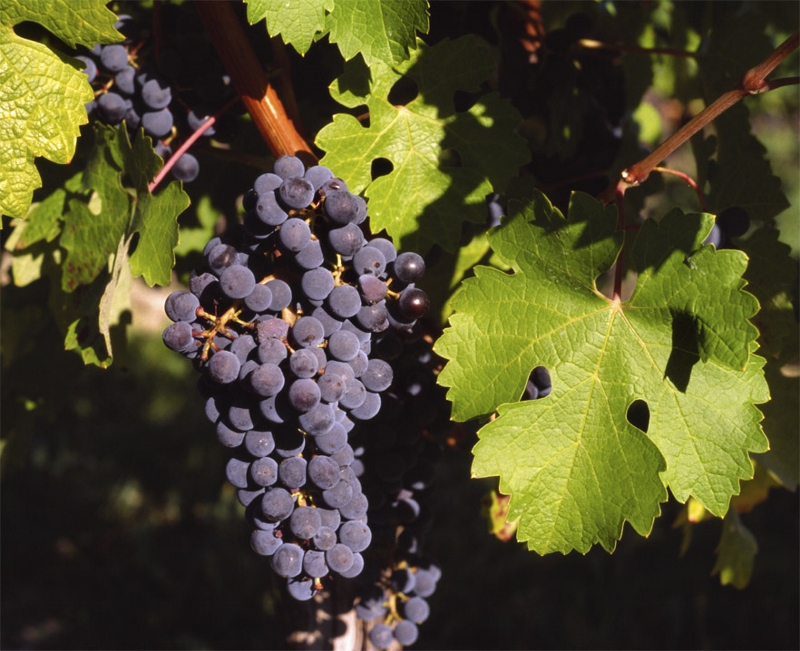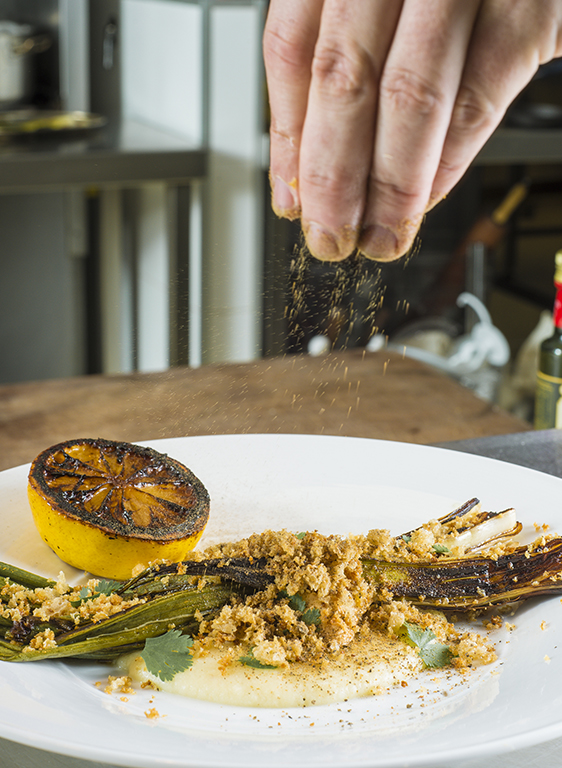As we have already discussed in previous posts, the process of winemaking involves the application of certain techniques. Today we present everything you need to know about the technique of carbonic maceration. Through this post we will know the secrets of this peculiar process, in which chemistry makes its magic to reach a wine with a very particular character.
Carbonic maceration: know the secrets of this technique
Let’s start by defining what is meant by “maceration”. The maceration consists in keeping a solid body submerged in a liquid substance. The chemical compounds that are sought to be extracted with this technique are located in the solid body and it is the liquid that allows the extraction of them. Having already defined the maceration, we must put emphasis on the term “carbonic“, which refers to CO2 (carbon dioxide).
Let’s now turn to what carbonic maceration means as a technique applied in the winemaking process. In tanks, usually made of stainless steel, the whole grape bunches are introduced, that is to say without de-stemming. The pressure exerted by the weight of the bunches of the upper part on the first bunches generates the breaking of the grapes of the same. The effect of breaking the grapes in turn generates the release of the must, which will begin a process of alcoholic fermentation.
With alcoholic fermentation, the release of carbon dioxide (CO2) begins, which displaces the oxygen in the tank, thus generating each grape to begin a fermentation process. This fermentation that occurs within each grape takes the name of intracellular fermentation.
This process ends up breaking the skins, giving rise to a second fermentation that can take between 7 and 9 days.
The result of carbonic maceration technique is a living wine, fresh and with low acidity. Because of the long contact with the skins, they are wines with an intense color and especially fruity.
They are pleasant wines that pairs very well with a wide variety of dishes, so it is understandable that they are gaining more and more followers.







